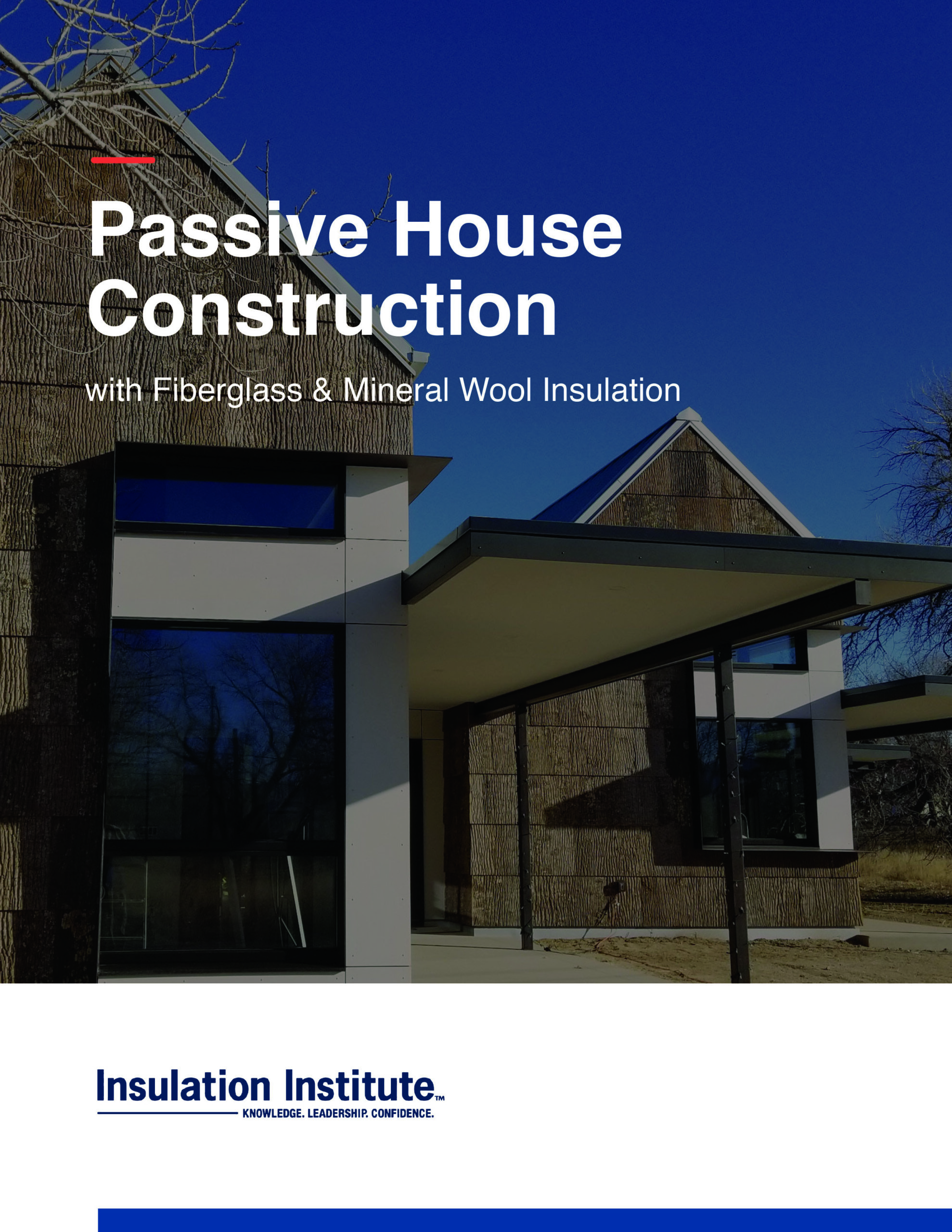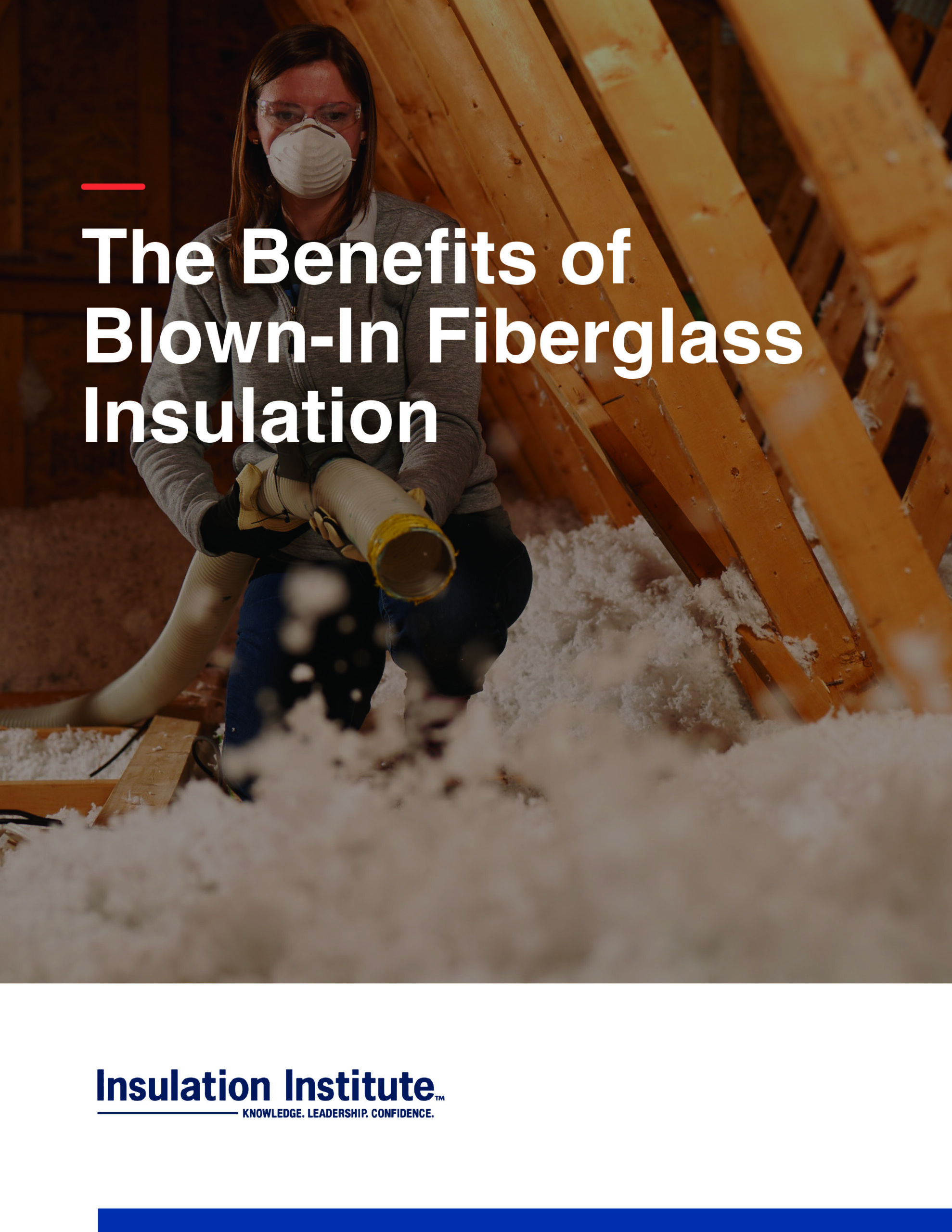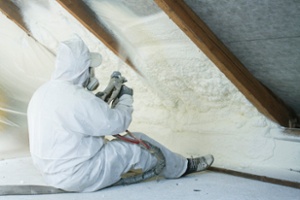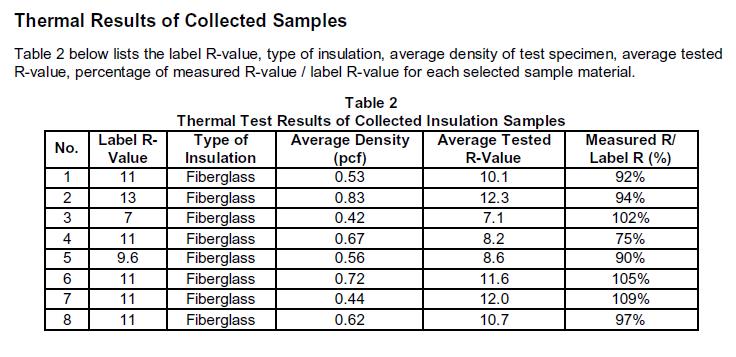While the federal government is ramping up measures that increase building energy efficiency, home builders in a handful of states, including North Carolina, are pushing back against more stringent building energy efficiency measures. But what is in the best interest of homeowners?
Details »Insulation Institute Blog
Posts Categorized: Thermal Performance
New Release: Advanced Framing with Fiberglass & Mineral Wool
Lumber costs have skyrocketed in recent years. In addition, more stringent building energy efficiency requirements mean more builders are interested in advanced framing. The key to advanced framing success lies in the details for areas like corners, wall intersections, and around windows.
Details »New: Passive House Case Study
NAIMA has just released a new guide, Passive House Construction with Fiberglass and Mineral Wool Insulation. This new publication compares code-built, net zero, and passive house construction in terms of energy optimization, ultimately demonstrating that Passive House construction is the most rigorous in performance. It also presents a case study of Colorado architect Greg. D. Fisher, who constructed his own super-insulated, energy-efficient passive house in Fort Collins, CO using fiberglass and mineral wool in the home’s thermal envelope.
Details »New Release: The Benefits of Blown-In Fiberglass Insulation
Blown-in fiberglass (or loose fill) insulation is increasingly popular in new residential construction and in renovations, accounting for 19 percent of current insulation market share and growing[1]. More stringent energy codes, the ease of installation, as well as the safety and health profile of the product over other insulation types have all contributed to the steady growth in use.
Details »Energy Star 3.2 Cranks Up Envelope Efficiency
The U.S. Environmental Protection Agency recently finalized the requirements for the latest version of its long-running ENERGY STAR Single Family New Home program. The National Version 3.2 puts the thermal envelope requirements of the 2021 International Energy Conservation code front and center. The new version now stipulates mandatory envelope requirements of the 2021 IECC. It ensures a minimum of 10 percent savings over the current requirements of the 2012 IECC and a 20 percent improvement or more in states where older versions of the code are enforced. The new program changes will take effect beginning January 1, 2025. However, when version 3.2 is released this fall, it will be useable with a thermal envelope 5 percent worse than the 2021 IECC (105% UA of 2021 IECC).
Details »Award-Winning Construction with Fiberglass
Each year since 2013, the U.S. Department of Energy (DOE) Housing Innovation Awards recognize forward-thinking builders who construct homes that are Zero Energy Ready (with net zero achievable with the addition of solar panels). Among the winners of the 2021 Housing Innovation Awards is Milwaukee-area builder Tim O’Brien Homes, which took a top prize for a 3,000 square foot high-performance custom home insulated with blown-in fiberglass insulation.
Details »Trading Off Thermal Resistance is a Very, Very Bad Idea
If you’ve been following our blog for some time now, you know that we write regularly about basic building science. In fact, we completed a primer, Building Science 101 with Building Scientist Allison Bailes a few years back. Dr. Bailes, a Georgia resident, recently wrote the state’s Department of Community Affairs to object to a proposal that would allow as little as R-20 spray polyurethane foam (SPF) insulation to be used on the underside of the roof deck in new homes built in the state when R-38 is required. You may ask why R-20 SPF at a blower door rating of 3ACH 50 was proffered as a substitute for R-38 and 5ACH 50. So did Bailes.
Details »







